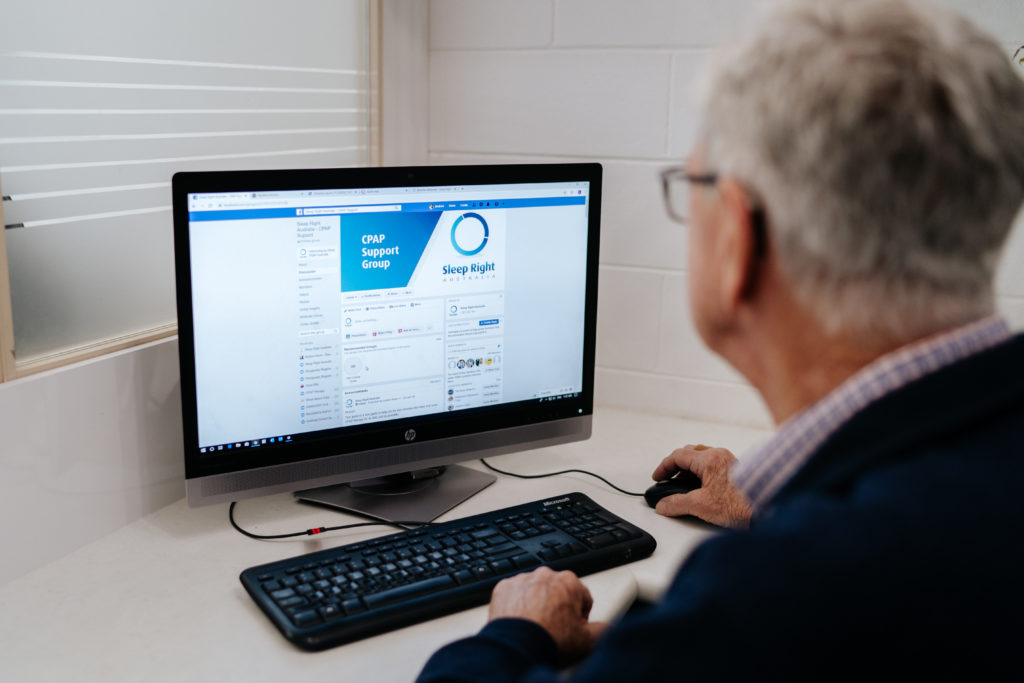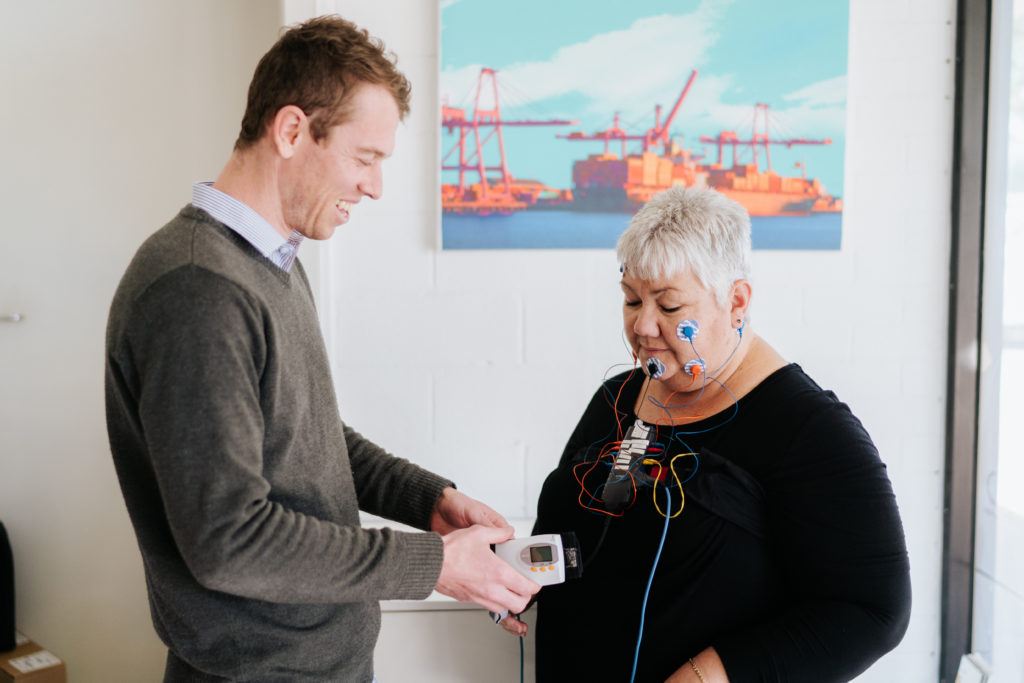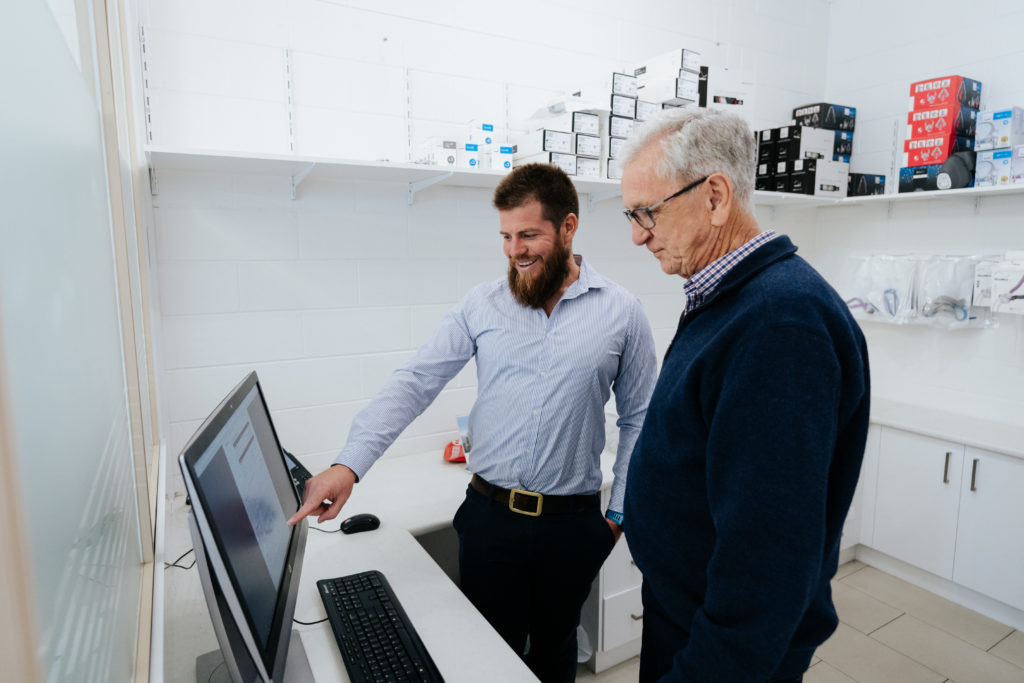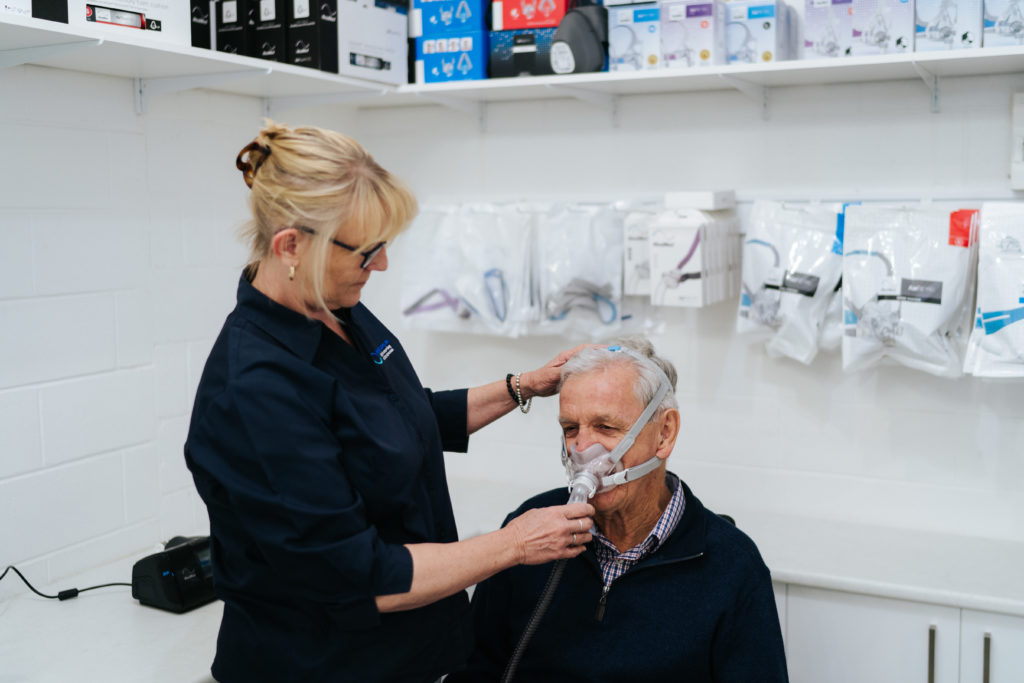If you think you may have sleep apnea or you have just been diagnosed, it can be difficult to know where to go first. To help get you started on your journey to better sleep we have compiled ‘The 7 Stages Of Sleep Apnea’. This list will show you where you are in the process and what the next step is.
Stage 1. Research Sleep Apnea
Understanding sleep apnea as a medical condition and the signs and symptoms that go along with it is an important first step in the process.
By understanding the cause and treatments associated with sleep apnea, you can develop a clear idea of what you want to achieve during this process.
For information about sleep apnea and what treatments are available, Click here.
Your Doctor and Sleep Physician are also great resources to access during this stage.
Stage 2. Visit your Doctor
It is important that your doctor is involved with your Sleep Apnea journey early on. Your GP is responsible for your overall health and therefore has a sound understanding of what could be influencing your sleep.
The treatment of sleep apnea could have an impact on how you feel and other health conditions, so keeping them involved in the process is paramount.
If you think you have sleep apnea you should discuss your symptoms with your GP and get referred for a sleep study for further investigation.

Stage 3. Have a Sleep Study
Sleep Studies allow us to record data to see if you have sleep apnea and to assess its severity.
Depending on your situation, you may get referred for either a lab based sleep study or a home based sleep study. We offer home based sleep studies where we drive out to your home and fit you with a portable monitoring device to wear overnight. To find out more about what to expect during your sleep study, Click here.
Stage 4. Your Results & Treatment Options
After the sleep study you will sit down to talk with your Doctor or Sleep Physician to discuss your results. The diagnosis gives a good statistical baseline to work back to. An initial diagnosis will give key statistics on how frequently the blockages are occurring, how long they are lasting, what body position they are happening in and give an indication on how bad the sleep apnea is and whether it is worth treating.
Your doctor will go over the treatment options that suit you based on your diagnosis, your symptoms and also your medical history.
Treatment options may include:
- CPAP Therapy
- Mandibular Advancement Splints (MAS)
- Surgery
To read more about these treatment options, Click here.
Stage 5. Trialling Treatment and Acclimatising
Before committing to a treatment path it is a good idea to trial it first. A trial will let you see if a treatment is effective and comfortable for you.
We offer 30 day trials of CPAP therapy where you can try a range of CPAP masks. We also monitor your progress remotely to ensure the therapy is right for you. You can read more about how CPAP trials work here.
The objective of the CPAP trial is to educate you about therapy, get you comfortable and get the settings correct to enable effective long term use.
Stage 6. Committing to a therapy
After completing the trial stage you will then need to decide on what therapy to use moving forward. Treating Sleep Apnea is generally a long term process so it is important to be comfortable and confident with the therapy you have chosen.
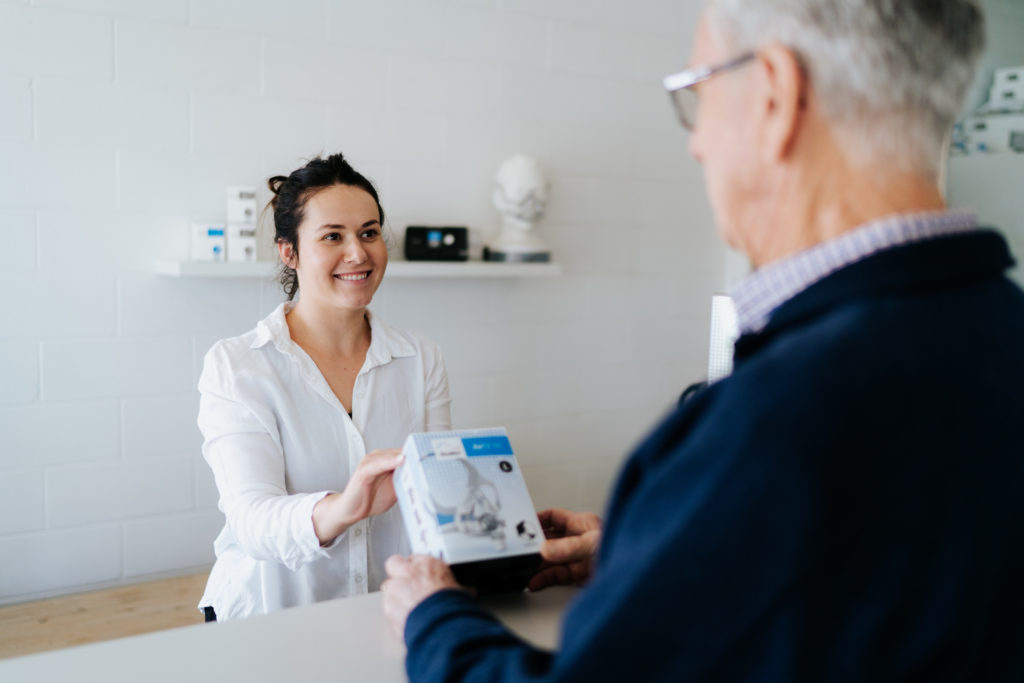
Stage 7. Maintenance
To continue to get the most out of your therapy it is important that you maintain your equipment. If you are using CPAP therapy you should regularly clean your gear and replace parts as needed. As a guide, 12 month CPAP reviews are a good idea, as they allow you to touch base with your provider and ensure your therapy is still working. These appointments are a good way to maintain your equipment and support your long-term use. On top of this, your provider should give your Doctor an update on how things are going.
We hope this post has been useful in helping you navigate and find where you are at with your Sleep Apnea journey.

